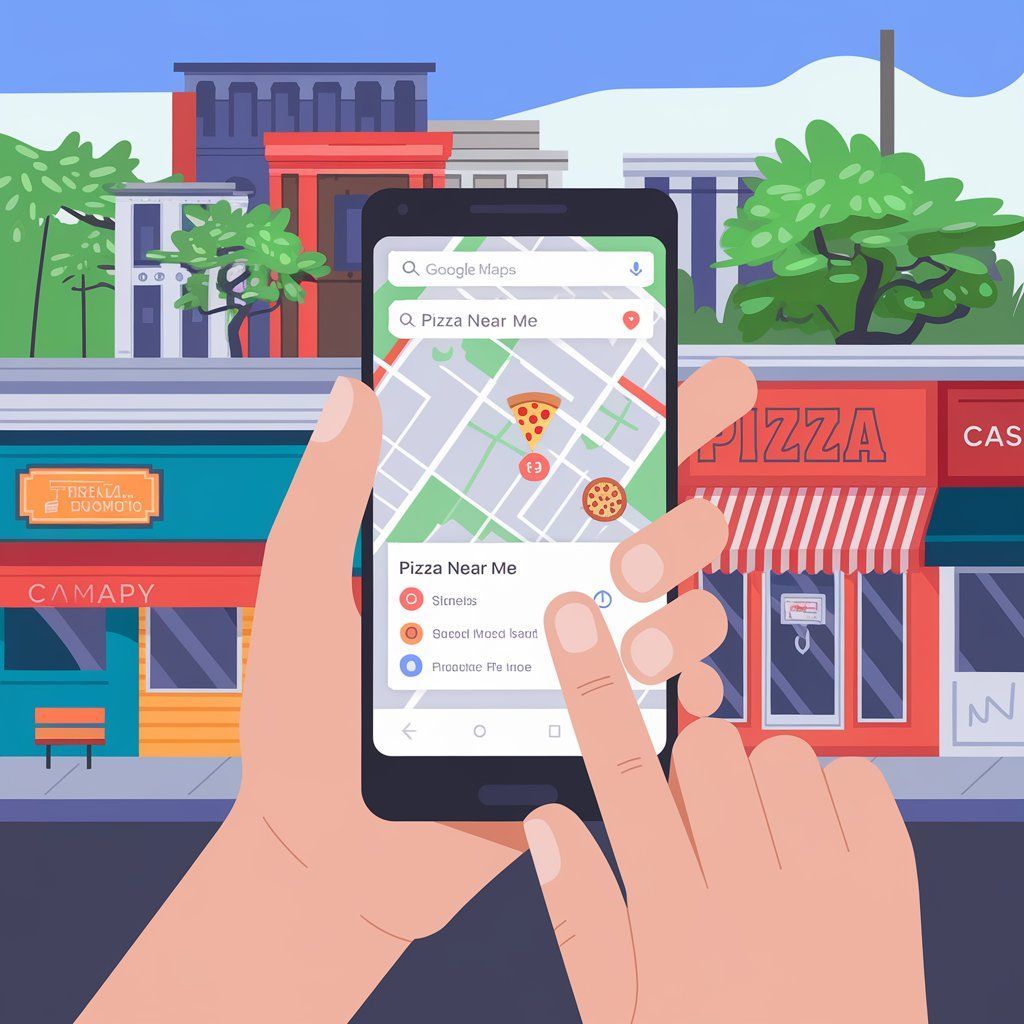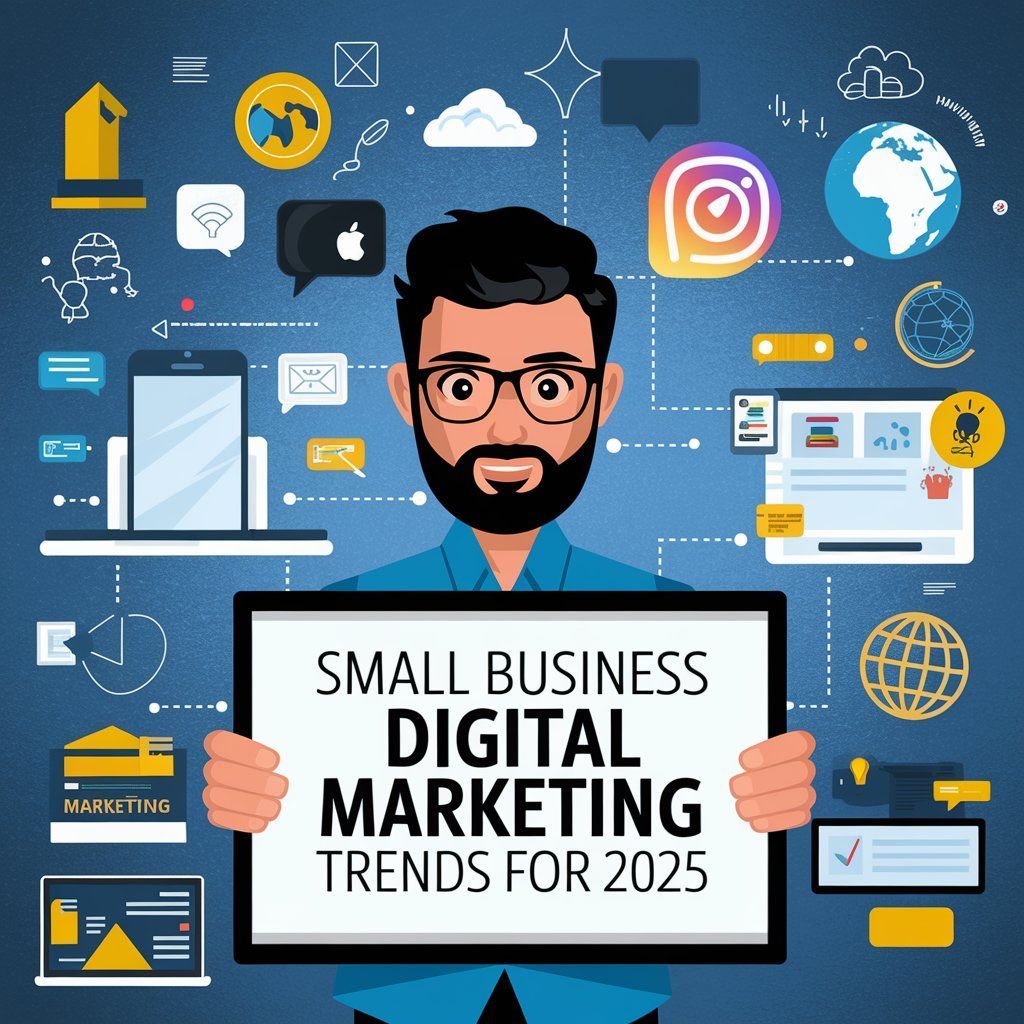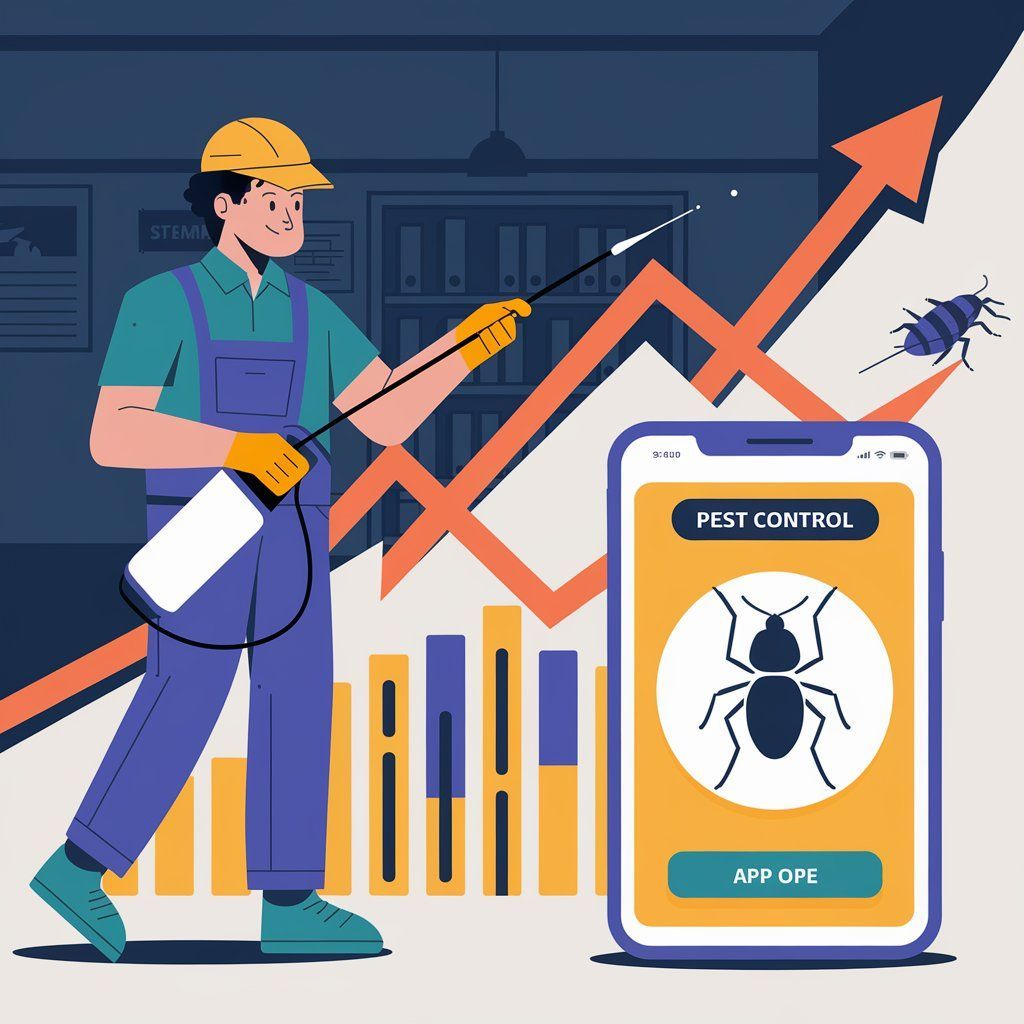Top Local SEO Mistakes by Pest Control Companies (and How to Fix Them)
Common Local SEO Mistakes by Pest Control Companies
Simple fixes to help pest control companies dominate local search results
Pest control companies often struggle to rank locally because of simple but costly SEO mistakes—like neglecting their Google My Business profile, skipping local keywords, and overlooking customer reviews. These errors limit visibility, reduce leads, and hurt credibility. In this guide, we’ll cover the most common local SEO mistakes pest control companies make, how they affect your rankings, and practical ways to fix them—with proven strategies and real examples.
Why Local SEO Is Crucial for Pest Control Success
Picture a homeowner who finds ants crawling across the kitchen counter. They immediately grab their phone and search “pest control near me.” If your company isn’t showing up in those results, that potential lead is going straight to your competitors.
Local SEO ensures your pest control business appears where and when customers need you most. A strong local SEO strategy can:
- Drive more qualified leads from nearby customers.
- Build trust with accurate details and positive reviews.
- Help your business stand out in competitive markets.
Local SEO isn’t just about visibility—it’s about being the first call customers make when pests strike.
1. Ignoring Google My Business (GMB)
Your Google My Business (GMB) profile—now known as Google Business Profile—is one of the most powerful tools for local SEO. Yet, many pest control businesses fail to claim or optimize it.
How This Hurts You:
An incomplete or inaccurate GMB profile makes it harder for potential customers to find you in local map results. You could miss out on calls and leads from people ready to book services.
How to Fix It:
- Claim and verify your Google My Business profile.
- Add accurate service categories like
pest control,
termite inspection, and
rodent removal.
- Upload photos of your team, trucks, and completed jobs.
- Collect and respond to customer reviews.
👉 Learn more with the Google My Business Guide to set up your profile correctly.
2. Using Generic or Irrelevant Keywords
Targeting broad keywords like “pest control” or “bug removal” puts you up against national companies with massive budgets. Instead, focus on local, long-tail keywords that better match how real customers search.
How This Hurts You:
Without city- or neighborhood-specific keywords, your site may never appear for searches like “bed bug removal in Tampa, FL.”
How to Fix It:
- Use Google Keyword Planner to find long-tail, location-based keywords.
- Add them naturally to your website copy, titles, and meta descriptions.
- Create city-specific content like “How to Keep Ants Out of Your Home in Austin, TX.”
Pro Tip: Regularly write blogs targeting seasonal pest problems in your region to boost local authority.
3. Forgetting to Collect Reviews
Online reviews are the modern version of word-of-mouth referrals—and they’re a major ranking factor for local SEO. Many pest control companies overlook the importance of actively requesting them.
How This Hurts You:
Without consistent reviews, customers may hesitate to trust your services. Google also prioritizes businesses with steady, positive feedback.
How to Fix It:
- Ask happy customers for reviews via email or text after each job.
- Always respond to feedback—thank customers for positive comments and address concerns professionally.
- Include a direct link to your review page in follow-up emails or text messages.
👉 Positive reviews don’t just build trust—they directly improve your local search visibility. Learn why in BrightLocal: The Ultimate Guide to Local SEO.
4. Skipping Mobile Optimization
Most customers search for pest control services on their phones—often in urgent situations. If your website isn’t mobile-friendly, they’ll move on fast.
How This Hurts You:
Slow load times, broken layouts, or non-clickable phone numbers cause visitors to leave before contacting you. This increases your bounce rate and hurts rankings.
How to Fix It:
- Test your site using
Google's Lighthouse.
- Compress large images and fix broken links to improve load times.
- Make your contact number clickable so customers can call instantly from mobile devices.
Mobile optimization shouldn’t be optional because it’s your first impression.
5. Neglecting Local Listings and Citations
Directories like Yelp, Angi, and HomeAdvisor can make or break your local visibility. Many pest control businesses either skip them or use inconsistent contact info.
How This Hurts You:
If your NAP (Name, Address, Phone number) details vary across platforms, search engines struggle to confirm your legitimacy—hurting your local rankings.
How to Fix It:
- Keep your NAP consistent on every listing.
- Claim your business on major directories.
- Add service details, photos, and service area information.
These directories also build backlinks that strengthen your SEO authority. See more at Ahrefs: Local SEO for Small Businesses.
FAQs: Local SEO for Pest Control Companies
1. What are the most common local SEO mistakes pest control companies make?
Neglecting Google My Business, using generic keywords, skipping mobile optimization, and inconsistent directory listings.
2. How do reviews affect local SEO?
Positive, consistent reviews improve both credibility and visibility in local search results.
3. Why is mobile optimization important?
Most pest control customers search from mobile devices—if your site isn’t responsive, you’ll lose leads fast.
4. How do local directories help with SEO?
Platforms like Yelp and Angi expand your online footprint and add valuable backlinks to your website.
5. Can inconsistent NAP details hurt my rankings?
Yes. Search engines rely on consistent NAP data to verify your business and trust your listing.
Quick Checklist: How to Fix Local SEO for Pest Control Companies
✅
Claim and Optimize GMB: Add accurate info, service categories, and images.
✅
Use Local Keywords: Target city- and neighborhood-based terms.
✅
Encourage Reviews: Request and respond to feedback consistently.
✅
Optimize for Mobile: Test your site for usability and speed.
✅
Claim Local Listings: Keep NAP consistent across all platforms.
For additional insights, explore these high-authority resources:
- Google My Business Guide
- Ahrefs: Local SEO for Small Businesses
- Moz: Local SEO Best Practices
- BrightLocal: The Ultimate Guide to Local SEO
- Search Engine Journal: Local SEO Tips
Take Control of Your Local SEO
Fixing these common local SEO mistakes can transform how your pest control company ranks and grows. By optimizing your Google profile, collecting reviews, and maintaining consistent listings, you’ll attract more local leads and build lasting trust.
🚀
Ready to dominate your local market?
Contact Pro Growe today and let our digital marketing experts take your pest control SEO to the next level.








